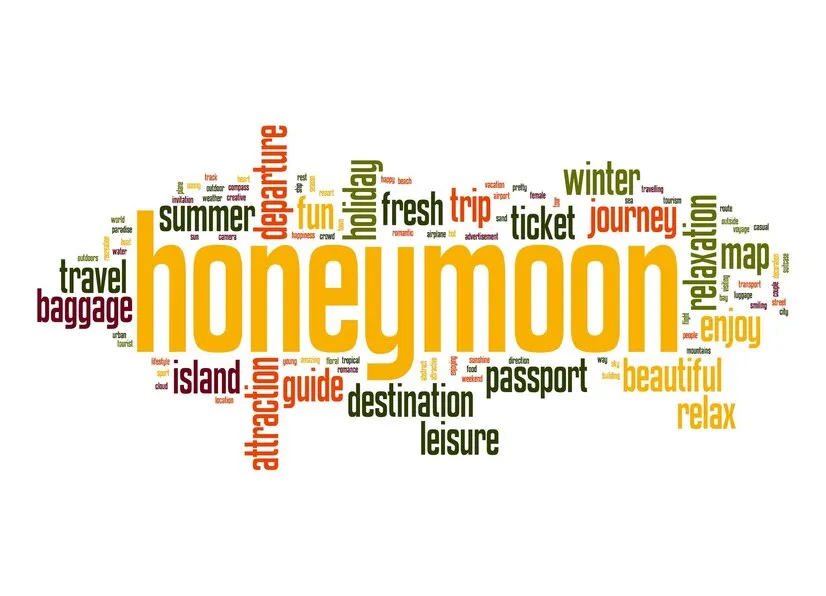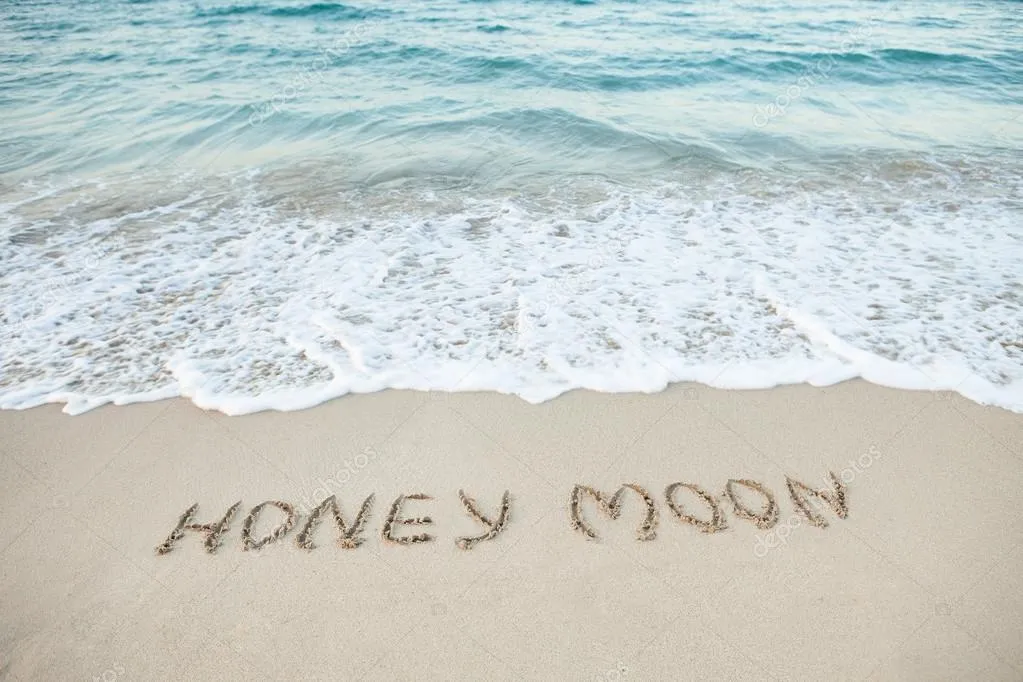What is a Honeymoon?
The term ‘honeymoon’ conjures images of sun-kissed beaches, candlelit dinners, and intimate moments shared between newlyweds. But what exactly does the word ‘honeymoon’ mean, and why is it such an integral part of the wedding experience? At its core, a honeymoon is a vacation taken by a newly married couple, typically immediately following their wedding. It’s a period of transition, a time for the couple to celebrate their union, relax after the wedding festivities, and begin their new life together. However, the meaning of a honeymoon goes far beyond a simple vacation; it’s steeped in history, tradition, and symbolism, representing the beginning of a shared journey and the establishment of a new family unit. This initial trip is a chance to create lasting memories, strengthen their bond, and set the tone for their future together. Understanding the nuances of the honeymoon helps us appreciate its enduring importance.
Origin of the Word Honeymoon
The origins of the word ‘honeymoon’ are fascinating, with various theories attempting to pinpoint its exact beginnings. The word itself is a combination of ‘honey’ and ‘moon’, symbolizing the sweetness and fleeting nature of the early days of marriage. The ‘honey’ part is believed to refer to the sweetness of the first month of marriage, drawing a parallel to the enjoyment of honey. The ‘moon’ part signifies the waxing and waning of the moon, representing the fleeting nature of these initial, blissful days. Some historians suggest that the term dates back to the 16th century, while others trace it further back. It is said that the honeymoon period may have been inspired by the custom of the bride and groom drinking mead, a honey-based alcoholic beverage, for a full month (one moon cycle) after their wedding. This practice, coupled with the symbolic connotations of the moon, solidified the term ‘honeymoon’.
Early Honeymoon Customs

The concept of a post-wedding trip has evolved over time. The origins of the honeymoon can be traced back to ancient times, with practices that differed significantly from modern-day honeymoons. One key origin may be a practice that started in Northern Europe where couples would go into hiding after their marriage. This may have been caused by abduction, or as a way of avoiding capture by the bride’s family or those with other disagreements with the marriage. During this time, the couple would consume honey wine, a sweet alcoholic beverage, which is where the ‘honey’ part of the name came from. Another theory suggests that early honeymoons were more about practicalities than romance. After the wedding, couples might travel to a distant location to establish their new home, settle land disputes, or strengthen alliances with other families. These early travels often involved visiting relatives and building relationships within the new family structure. The focus was less on leisure and more on fulfilling social and familial obligations.
Significance in Modern Times
Today, the honeymoon holds a significant place in our society, evolving from its historical roots to become a symbol of love, celebration, and the beginning of a shared life. It’s an opportunity for couples to escape the pressures of everyday life and focus on each other, fostering a deeper connection before they return to their regular routines. The modern honeymoon is often characterized by luxurious travel, romantic experiences, and a focus on creating lasting memories. The significance is also evident in cultural practices. In many cultures, the honeymoon serves as a benchmark, often the beginning of a couple’s shared life, setting the tone for their future relationship and the establishment of a new family unit. These trips are an important part of wedding celebrations and are highly anticipated by couples. This tradition marks a key transition point.
Common Activities During a Honeymoon
Honeymoon activities are as varied as the couples who embark on them. However, many honeymoons include common elements designed to promote relaxation, intimacy, and shared experiences. Destinations often include tropical beaches, romantic cities, or adventurous locales, chosen to suit the couple’s preferences and desires. Relaxing on the beach is a favourite activity, with many couples enjoying the sun, sand, and sea. Fine dining is another common element, providing opportunities for intimate dinners and culinary experiences. Adventure activities like hiking, snorkeling, or exploring the local culture can add excitement and adventure. For couples looking to unwind, spa treatments and wellness retreats are popular choices. Activities such as these allow couples to create lasting memories and celebrate their new relationship.
Symbolism and Romanticism

The honeymoon is rich in symbolism, representing new beginnings, the sweetness of love, and the journey of a shared life. The term itself, derived from ‘honey’ and ‘moon’, encapsulates the sweetness of the early days of marriage and the cyclical nature of love. The honeymoon symbolizes the transition from individual lives to a shared partnership. The trip is often seen as a way to escape the pressures of the wedding celebrations and the everyday demands of life, allowing couples to focus on each other and strengthen their bond. The destination chosen for the honeymoon can hold additional symbolism, with romantic cities and idyllic locations representing the couple’s dreams and aspirations for the future. Ultimately, the honeymoon symbolizes the beginning of a journey, a shared commitment, and the promise of a lifetime of love and companionship. The entire experience is infused with romanticism, creating lasting memories.
Planning Your Perfect Honeymoon
Planning a honeymoon involves careful consideration of various factors to ensure a memorable and enjoyable experience. Consider the couple’s shared interests, budget, and preferences when selecting a destination. Start planning early, especially if you are planning to travel during peak season. Research different destinations, considering factors like climate, activities, and cultural attractions. Create a detailed budget, including travel, accommodation, activities, and dining expenses. Book flights and accommodation well in advance. Pack appropriately, considering the destination’s climate and planned activities. Allow time for relaxation and spontaneity, embracing the opportunity to create unexpected memories. Finally, be sure to communicate openly with your partner. Discuss expectations and ensure you’re on the same page regarding activities, budget, and desired experiences. This planning approach helps couples create an ideal honeymoon.
